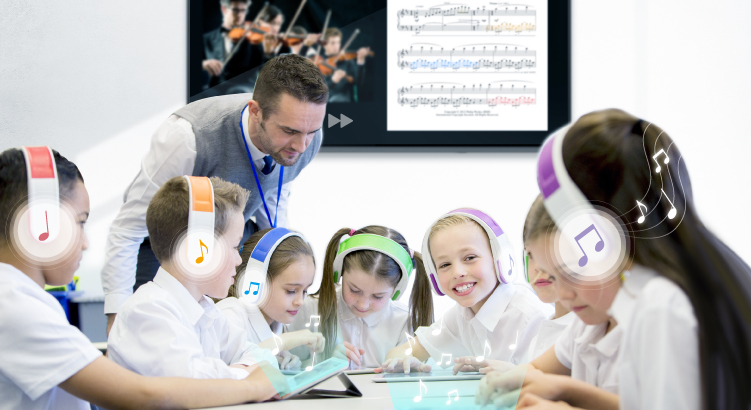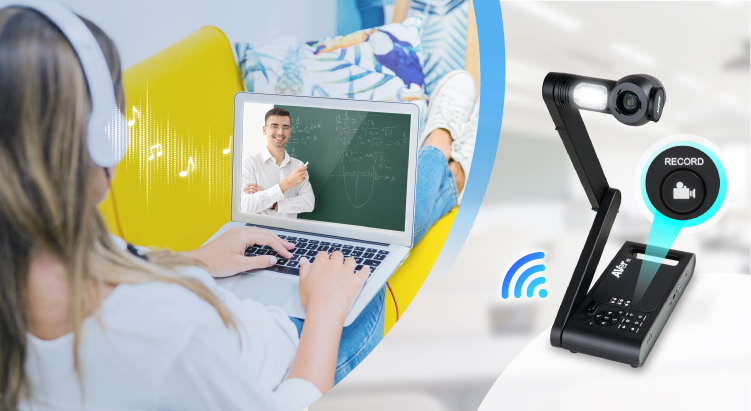
Quick Links
Next up in our ongoing discussion of learning styles and EduTech is the aural (or auditory) learner category. We’ve already delved into how visual learners use their sense of sight and looked at the way verbal learners use a combination of sight and hearing to understand and retain knowledge. Now, let’s talk about aural-style students and the applications of education technology that best suit this type of knowledge seeker.
What Is an Aural Learner?

Someone whose dominant mode of processing is aural can learn using just their ears. In a blog post for Woople, Lindsay Benitez defined auditory learners like this:
“The aural learning style is a style in which individuals learn best through hearing directions and speaking answers. It is common for aural learners to be proficient at speaking and acting. Typically, aural learners prefer to listen to lectures rather than take notes. They may also read things out loud to help better understand the material. If you are an aural learner, remembering songs and other auditory sounds tends to be easier for you.”
Fortunately for such learners, classroom technology provides many methods of audio engagement. Standard examples include sound from TVs, computers, and even the nearly extinct CD/MP3 players. But there’s so much more to explore.
How Does EduTech Help Aural Learners?

Much of the latest education technology is focused on imaging or kinetic interaction through VR/AR and AI applications. However, no matter how advanced the tech gets, the audio element is almost always present. Here’s what I mean:
- An Interactive Control Box connects teacher and student devices, allowing easy content sharing and storage for downloading Android apps. Possible uses for auditory learners include listening to podcasts and audio books, and using an app called Me Books (pointed out by Melissa Lawrence at learnsafe.com) that lets young students listen to stories and record themselves reading.
- AVer visualizers have a recording function that teachers can use to create audio content for aural learners. Also, this feature enables little learners to use hard copies of books much like the Me Books app does. The AVerVision M70W features one-touch recording that allows teachers to quickly capture sound bites to share with aural learners for studying at home.
- AI technology is perfect for auditory learners. Educational robots and chatbot apps for learning and practicing foreign languages create vocal interactions that perfectly match the needs of the aural learning style.
Other technology that can help auditory learners includes noise-cancelling headphones (to remove distractions) and convenient recording and voice-to-text apps for smartphones and tablets, since this type of learner is often bad at taking notes. Click the button below to discover even more EduTech solutions that you can use to engage all learning styles.
About the Author

Aaron Case is a Brand Communication Strategist at AVer Information, working out of Taipei, Taiwan. He crafts press releases, blog posts, and other marketing materials to support AVer's global branding efforts.